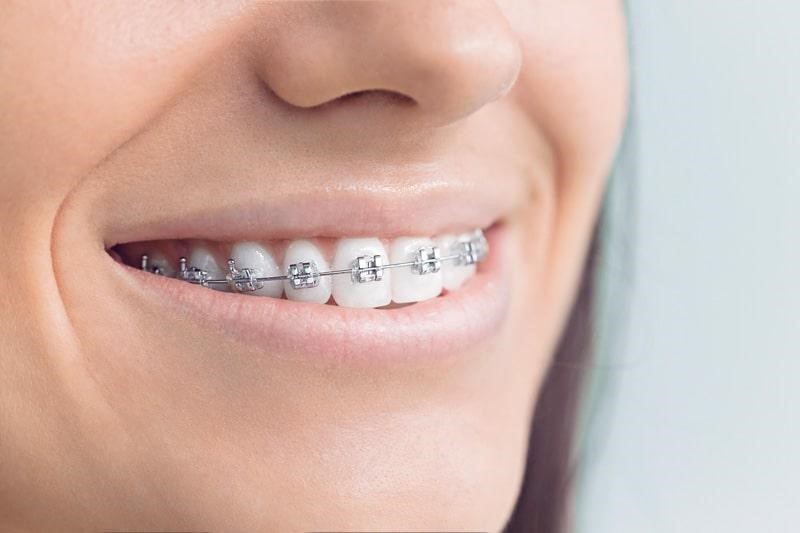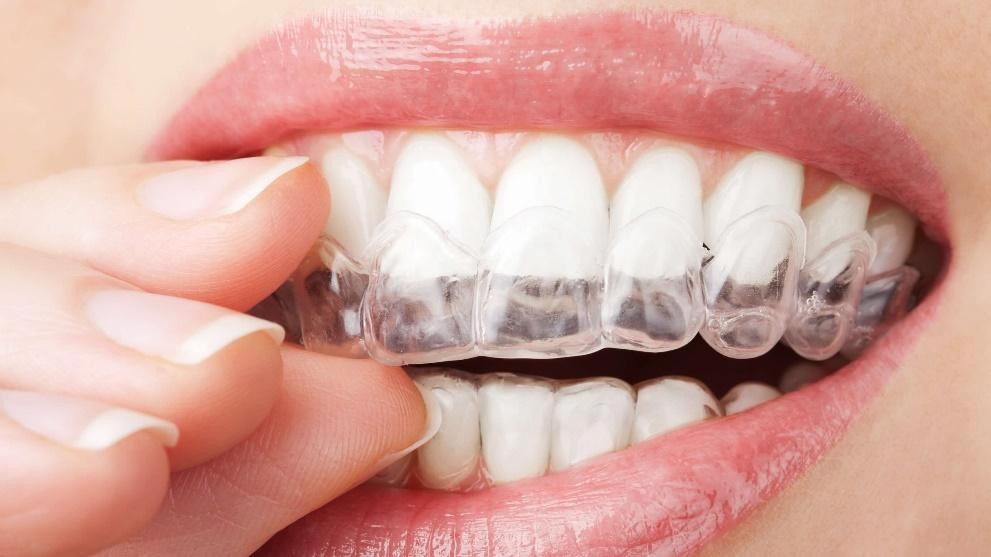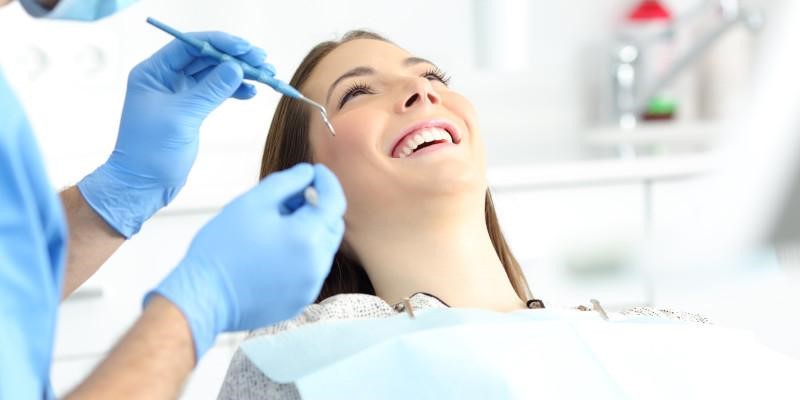This is a loaded question, and some minor googling regarding the topic could ensue a wave of fear and panic within an individual. Especially if they’ve recently spent thousands of dollars and tolerated years of discomfort thanks to braces. Hopefully we may reassure you a bit, while granting you some fundamental knowledge necessary for post orthodontic treatment patients to be equipped with.
What’s the Point of Orthodontic Treatment?
Orthodontic procedures are designed to remedy crowded, crooked, and misaligned teeth- which impact in some degree approximately 90% of the general population. Procedures like braces and Invisalign were contrived to shift your teeth towards a healthy formation, resulting in not only a beautiful smile but one boasting optimal functionality. Whether you choose the conventional method of braces or the flexible path of Invisalign; it’s going to cost you time, patience, and money.
While these demanding processes are synonymous with permanent results, it gets a little more complicated.
Once the process of braces or Invisalign is complete, avoid taking your new smile for granted! If this becomes the case, then it is possible for your teeth to undergo shifts which will slowly but surely dismantle your hard-earned progress.
This is because our teeth constantly shift, alongside the rest of our biology, as we age and venture throughout life.
If you seek confidence that your teeth will remain in their desired place and not revert back or further misalign after your orthodontic procedure, you must remain committed to practicing consistent and effective oral care habits.
Orthodontics are an investment and you can make that investment last longer by:
- Utilizing a retainer when needed, which can halt your teeth from shifting undesirably.
- Maintaining proper oral hygiene habits, including; brushing your teeth and gum line thoroughly at least twice a day especially after meals, and flossing extensively daily.
- Keeping regular dental checkups as part of your routine. Post orthodontic patients should be visiting their dentist twice a year, ensuring a professional eye is kept on the teeth as time progresses to catch and remedy any patterns heading in the wrong direction.
- Wearing a mouthguard, especially during your sleep, if you suffer from bruxism (grinding or clenching of the teeth).
As with all things, every smile is going to need different tools in order to maintain its integrity after orthodontic procedures. Its best if you consult us personally so we are fully familiarized with your needs and may serve you accordingly.
Stopping the Shift
Working Overtime
Most post orthodontic patients are tasked with wearing retainers afterwards, and while inconvenient, it’s absolutely necessary in the vast majority of cases.
In terms of Invisalign and braces, temporary and removable retainers are commonplace. These are typically advised to be worn at night or during a few hours of the day to ensure your teeth continue to stay in their newly aligned formation. Overall, the temporary retainer’s lifespan matches the timeframe of your previous orthodontic procedure. However long your orthodontic process extended, you’ll have to now match with retainer usage.
Behind the Scenes
It’s also common, and encouraged, that many patients receive a permanent retainer. While more invasive; these slim metal bars are easily forgotten, shrouded behind the front and lower rows of teeth. Guaranteeing a support system which prevents your teeth from falling back into old habits. This provides the most durable and reliable safety measure, and remains low risk of breakage or other issues while being behind the teeth.



